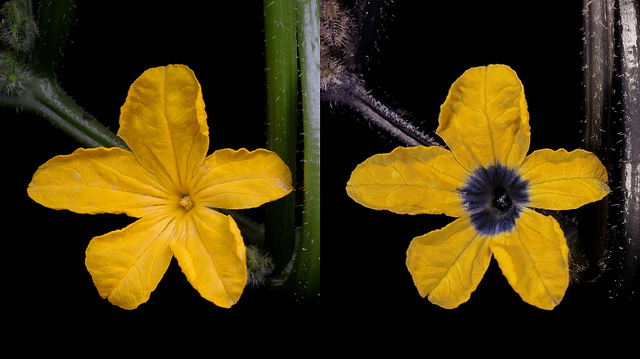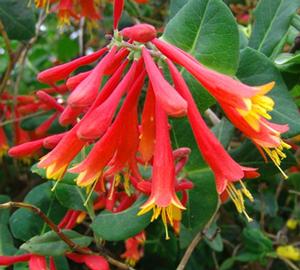Today I purchased a bathroom scale and after I removed it from the box, saw the familiar plastic "Pull" tab that allows the battery to make its connection and the device to turn on. I pulled the tab and instead of the tab coming out, it remained in place and the entire battery pack came out of the scale, breaking the wire connections in the process. In that moment I felt like I had unleashed some freakish strength, that I should dye my shorts purple, and yell "Nature Geek SMASH!" Turns out I'm not really that strong, it was just that the wires and soldering were that weak and the design of the thing that poor.
Still, it got me to thinking; who are the true hulks of the animal kingdom?
Strongest Lifter (Tractor Pull Division):
Oribatid Mite
Bet I surprised you there, didn't I? When it comes to this
division, we usually think of ants and rhinocerous beetles as being the ones to
pull their weight around. While it's true that the leafcutter ant can lift 20
times its weight, and the rhinocerous beetle 850, even the runner up in this
category, the Onthophagus taurus dung beetle, which can pull an immense 1140
times its own weight, can't compare to this tiny mite. This species of
soil-dwelling oribatid mite which has a mass 1/30 that of a snowflake, can pull
an item that is 1170 times heavier than itself. This would be the same as you
dragging a full grown northern right whale behind you (on land) using the
world's largest dogleash.
"Mommy, can I keep him?"
Strongest Lifter (Flight Division):
African Crowned Eagle
Flying with an object 4 times your own weight may not sound
impressive next to the feats of the oribatid mite, but it's a lot harder to fly
with an object than to simply drag it across the ground. The hardest part is
just getting into the air. The African crowned eagle is able to take flight
with prey as large as monkeys and small antelope. To put that into perspective,
imagine one of these...
taking off with attached to its wheels one of these...
which inside are four of these.
(Er, the big one, not the small one)
Impressed yet? Yeah, me too.
Strongest Bite:
American Alligator
The current record for the strongest bite of an American alligator comes from a 13.5 foot wild gator known as "Hercules". Scientists measured his bite at 2,960 pounds of force. The strongest mammal bite, by comparison, belongs to the hyena and measures only as 1,000 pounds of force. Let's look at it another way, shall we? If Hercules bit onto your leg, it would be the same as dropping a stack of three of these...
onto your cherished appendage all at once. Ouch.
Strongest Punch:
Kool-Aid Man
Sorry beloved childhood icon, it's really this guy:
Mantis Shrimp
Don't let that pretty face fool you, this guy can deliver a
punch with acceleration equal to that of a .22 caliber bullet. How the mantis
shrimp does it is absolutely baffling, and involves a blunt force object (his
club-like appendages), some of the fastest muscle movements known in the animal
kingdom, and the instant creation of boiling water. As usual, the BBC does a
great job of explaining it in this video.
The mantis shrimp's punch is so strong, that in captivity it
has been known to break the glass of its aquarium. Perhaps this guy isn't so different
from the Kool-Aid man after all!
Ok, so maybe I didn't posses super human strength when
trying to remove that darned "Pull" tab earlier today. That's not so
bad though, I don't like the idea of having to buy a new wardrobe every time I
get angry. But the oribatid mite, African crowned eagle, American alligator,
and mantis shrimp are the true hulks of the animal kingdom, and they accomplish
their feats without the use of gamma rays.
















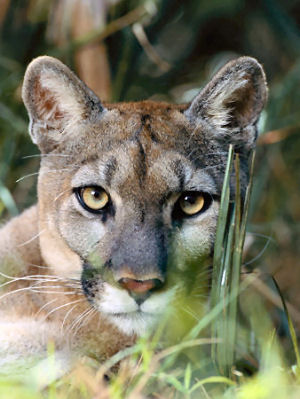









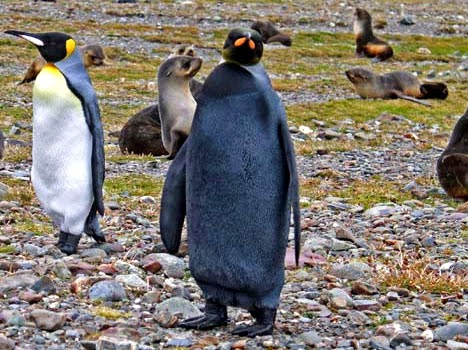



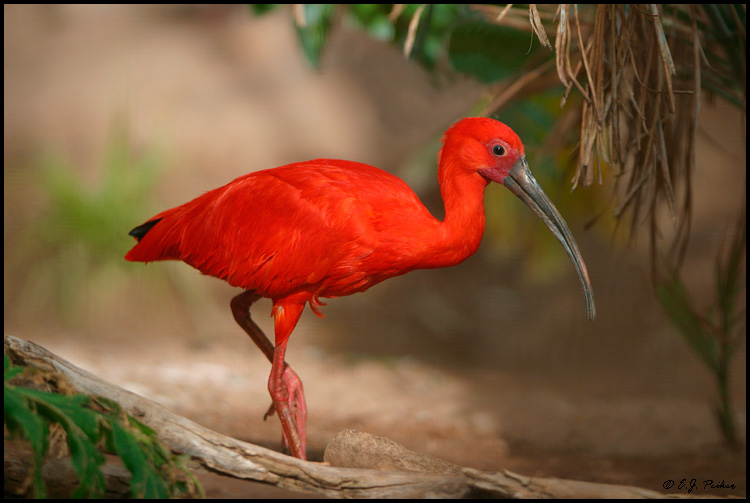
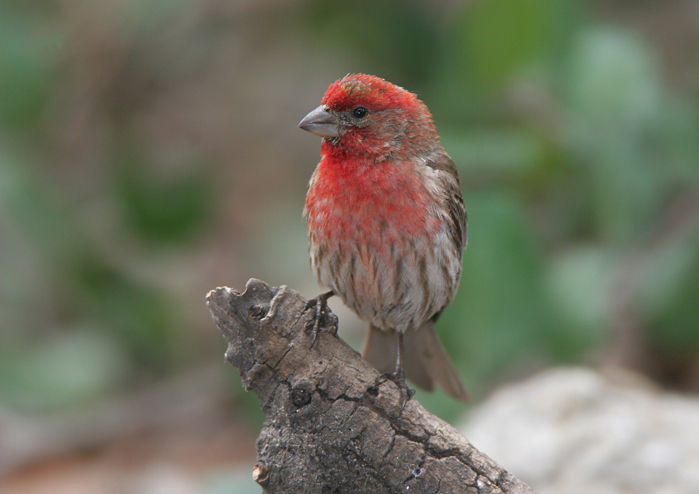
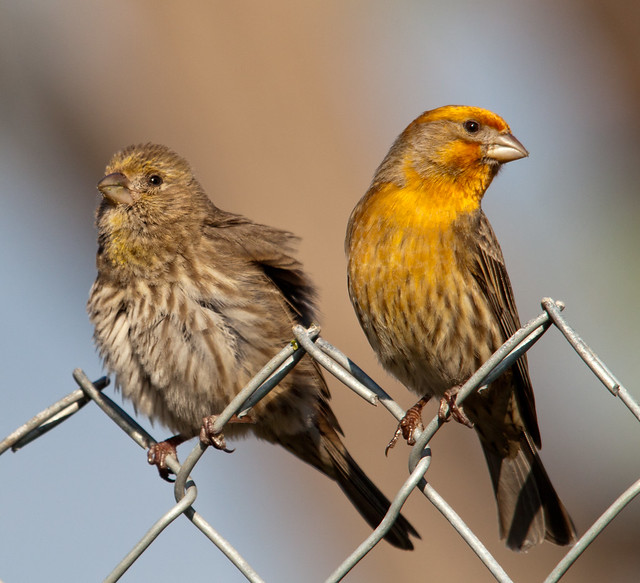







.jpg)




